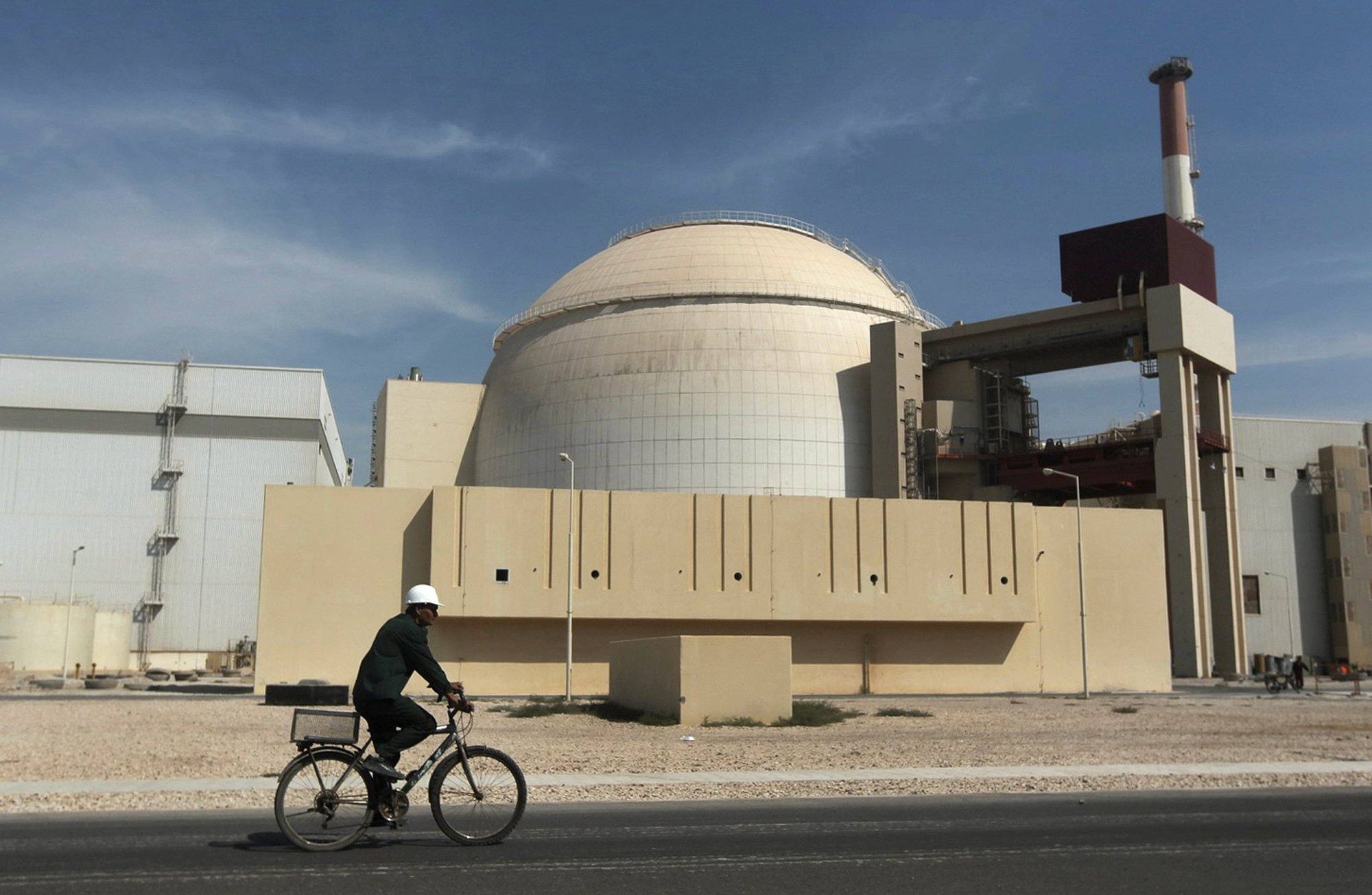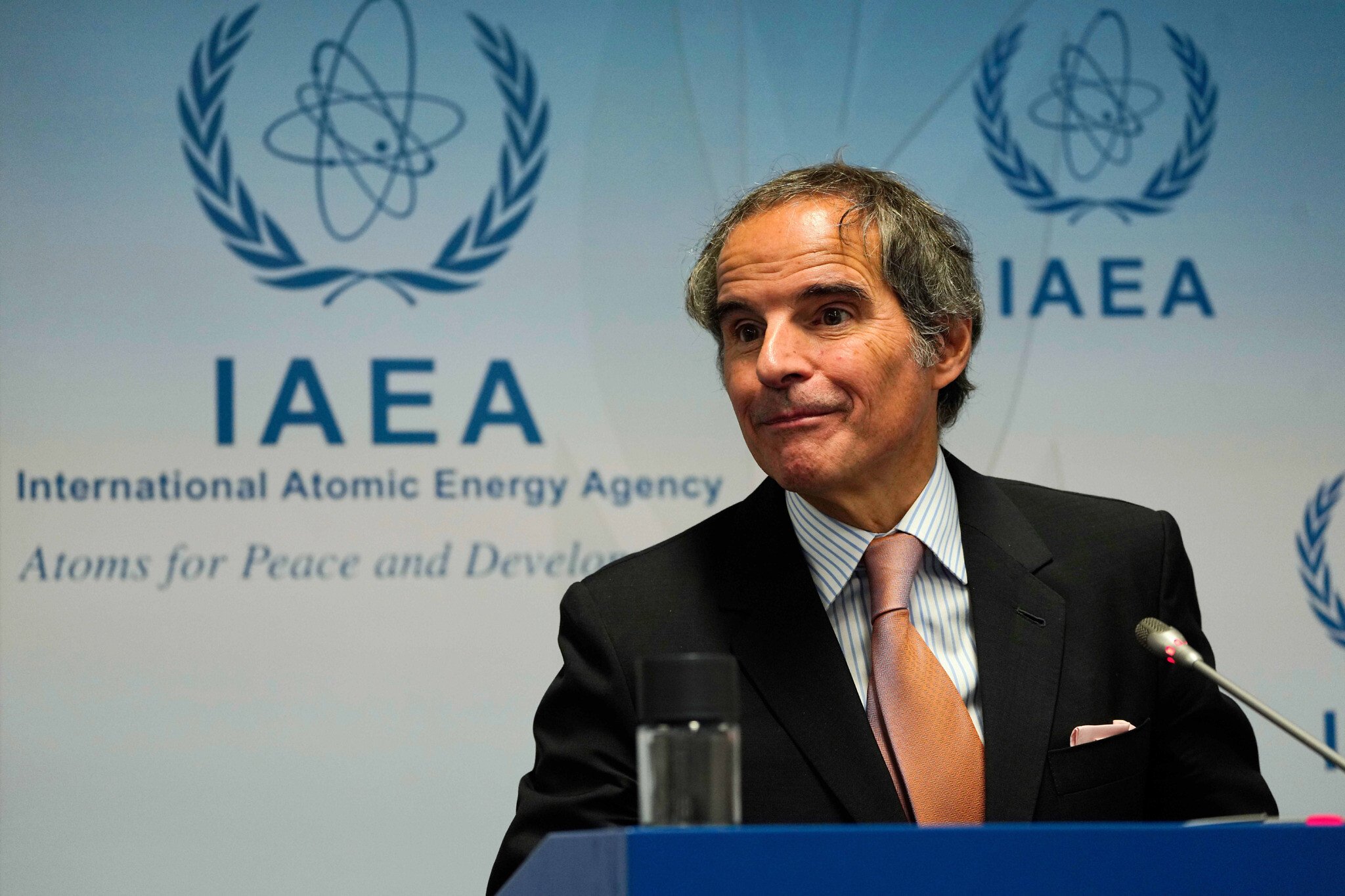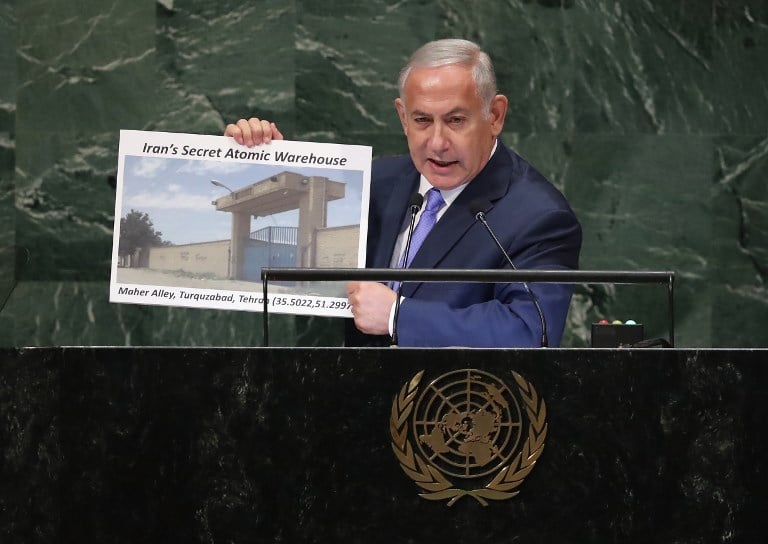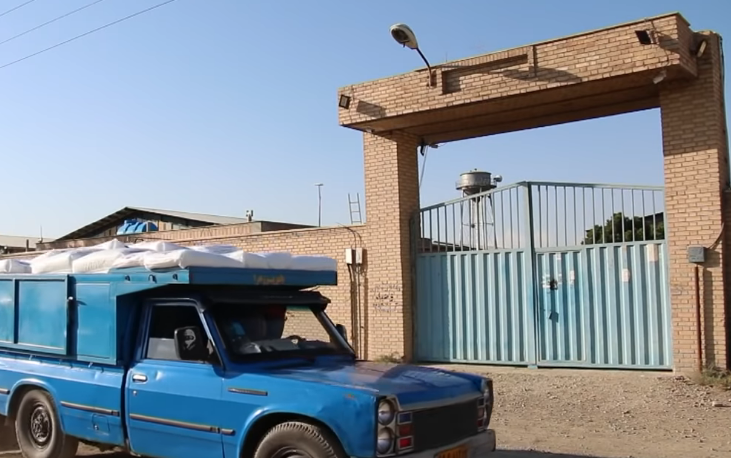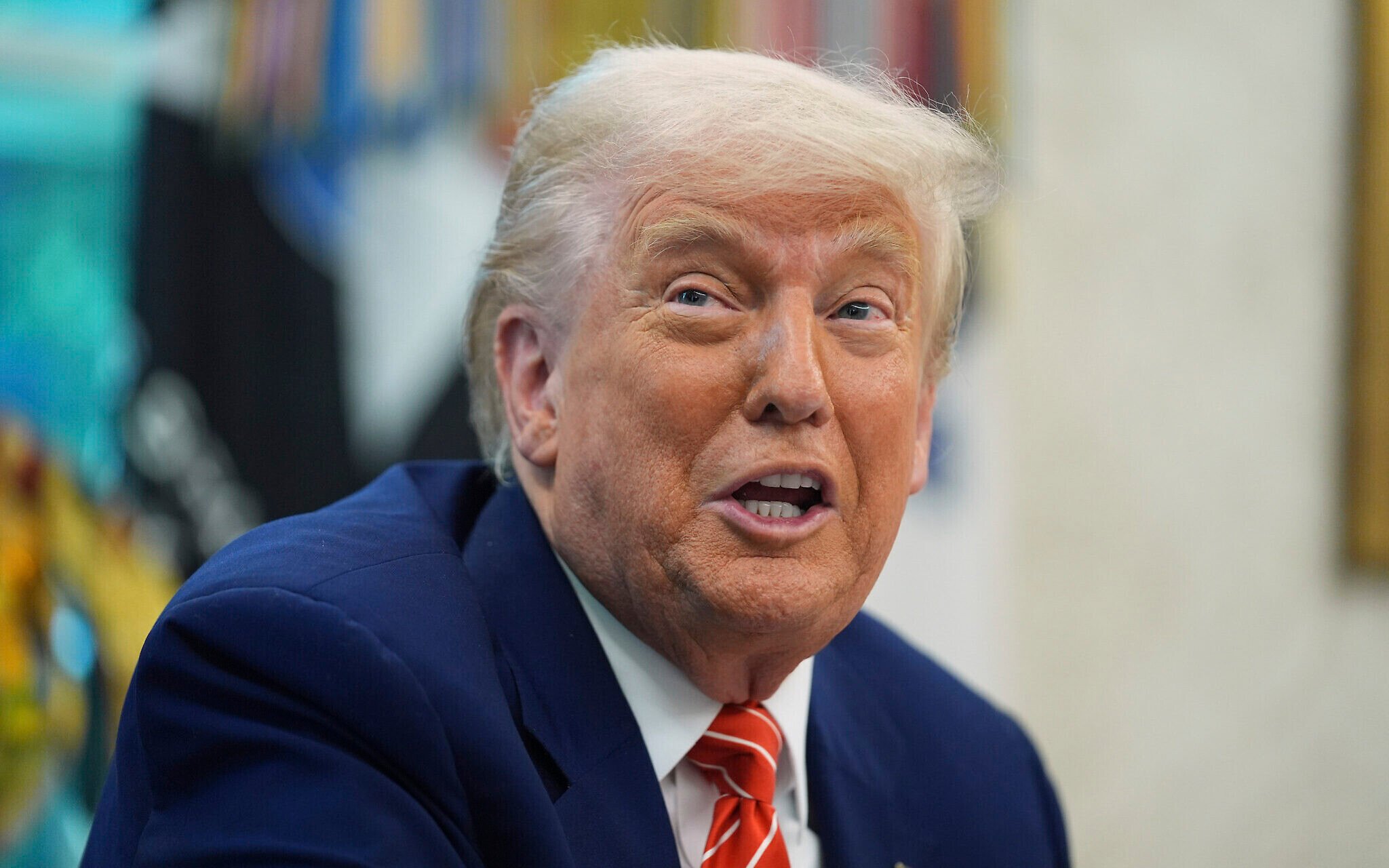


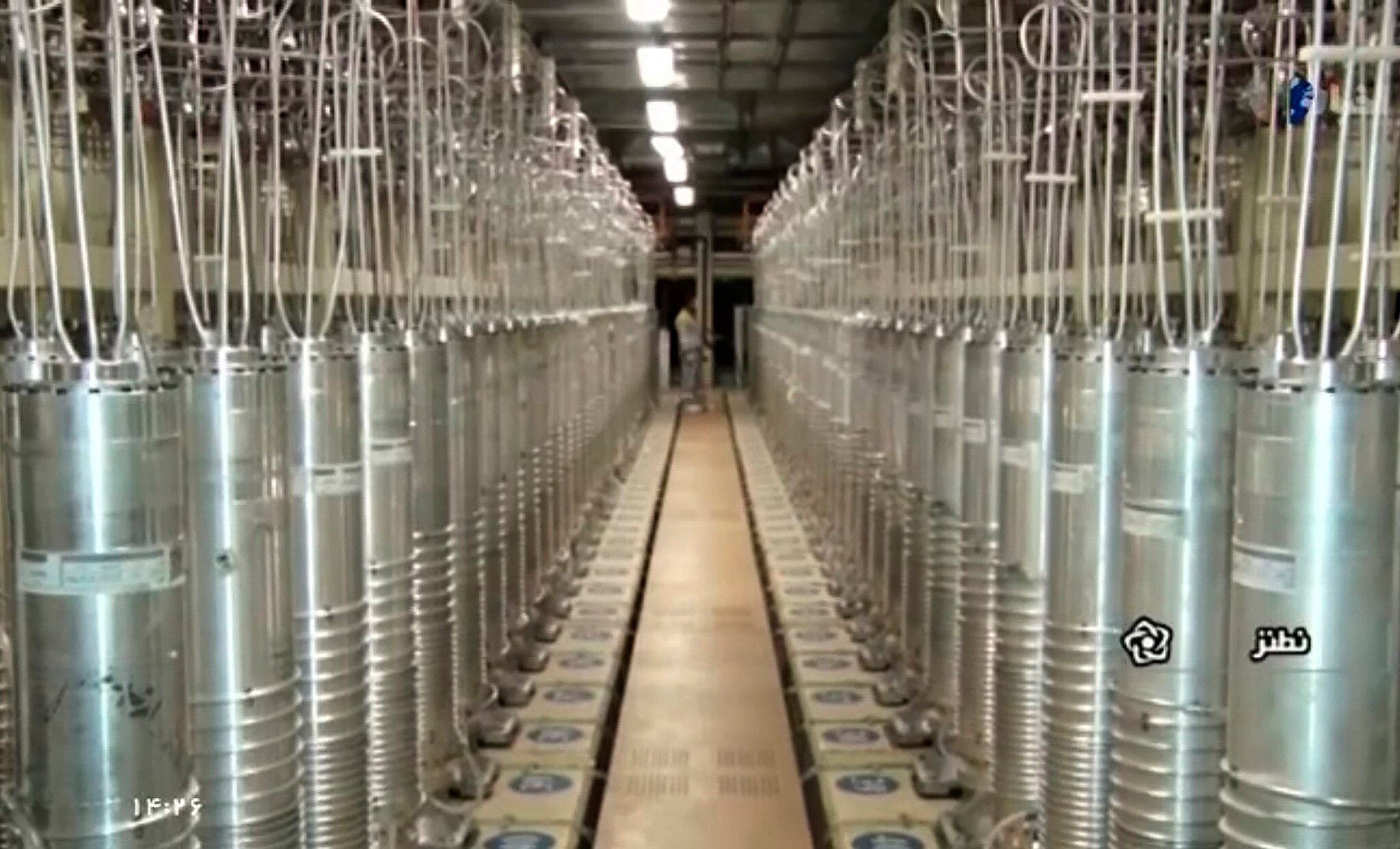
VIENNA (AP) — Iran has further increased its stockpile of uranium enriched to near weapons-grade levels, a confidential report by the UN nuclear watchdog said Saturday and called on Tehran to urgently change course and comply with the agency’s probe.
The report came at a sensitive time as Tehran and Washington have been holding several rounds of talks in the past weeks over a possible nuclear deal that US President Donald Trump is trying to reach.
The report by the Vienna-based International Atomic Energy Agency — which was seen by news agencies — says that as of May 17, Iran has amassed 408.6 kilograms (900.8 pounds) of uranium enriched up to 60%.
That’s an increase of 133.8 kilograms (294.9 pounds) — or almost 50% — since the IAEA’s last report in February.
That material is a short, technical step away from weapons-grade levels of 90%. A report in February put the stockpile at 274.8 kilograms (605.8 pounds).
There was no immediate comment from Tehran on the new IAEA report.
In a rare statement on a Saturday, the Jewish Sabbath, the office of Prime Minister Benjamin Netanyahu said the report showed that Iran’s nuclear program was not peaceful and that Tehran remained determined to complete its nuclear weapons plans.
“The international community must act now to stop Iran,” Netanyahu’s office said in a statement, adding that the level of uranium enrichment Iran had reached “exists only in countries actively pursuing nuclear weapons and has no civilian justification whatsoever.”
The IAEA report raised a stern warning, saying that Iran is now “the only non-nuclear-weapon state to produce such material” — something the agency said was of “serious concern.”
Approximately 42 kilograms of 60% enriched uranium is theoretically enough to produce one atomic bomb, if enriched further to 90%, according to the watchdog.
Iran has maintained its nuclear program is for peaceful purposes only, but the IAEA chief, Rafael Mariano Grossi, has previously warned that Tehran has enough uranium enriched to near-weapons-grade levels to make “several” nuclear bombs if it chose to do so.
Iranian officials have increasingly suggested that Tehran could pursue an atomic bomb.
US intelligence agencies assess that Iran has yet to begin a weapons program, but has “undertaken activities that better position it to produce a nuclear device, if it chooses to do so.”
Grossi said Saturday that he “reiterates his urgent call upon Iran to cooperate fully and effectively” with the IAEA’s years-long investigation into uranium traces discovered at several sites in Iran.
The IAEA also circulated to member states a second 22-page confidential report, also seen by the AP, that Grossi requested following a resolution passed by the 35-member IAEA Board of Governors last November.
In the so-called “comprehensive report,” the IAEA said that Iran’s cooperation with the agency has “been less than satisfactory” when it comes to uranium traces discovered by IAEA inspectors at several locations in Iran that Tehran has failed to declare as nuclear sites.
Western officials suspect that the uranium traces discovered by the IAEA could provide evidence that Iran had a secret military nuclear program until 2003.
One of the sites became known publicly in 2018 after Netanyahu revealed it at the United Nations and called it a clandestine nuclear warehouse hidden at a rug-cleaning plant.
Iran denied this, but in 2019, IAEA inspectors detected the presence of manmade uranium particles there.
After initially blocking IAEA access, inspectors were able to collect samples in 2020 from two other locations where they also detected the presence of manmade uranium particles.
The three locations became known as Turquzabad, Varamin, and Marivan.
A fourth undeclared location named as Lavisan-Shian is also part of the IAEA probe, but IAEA inspectors never visited the site because it was razed and demolished by Iran after 2003.
In Saturday’s report, the IAEA says that the “lack of answers and clarifications provided by Iran” has led the agency to conclude that these three locations, and other possible related locations, were part of an undeclared structured nuclear program carried out by Iran until the early 2000s and that “some activities used undeclared nuclear material.”
It specifically notes Tehran’s lack of progress in explaining nuclear material found at undeclared sites.
“In particular, Iran has repeatedly either not answered or not provided technically credible answers to the agency’s questions and has sanitised locations as listed in this report, which has impeded agency verification activities.”
Saturday’s comprehensive report could be a basis for possible further steps by European nations, leading to a potential escalation in tensions between Iran and the West.
It could provide a basis for European countries to trigger snap-back sanctions against Iran that were lifted under the original 2015 nuclear deal ahead of October when the deal formally expires.
Trump said he has told Netanyahu to hold off on striking Iran to give the US administration more time to push for a new deal with Tehran.
The US president said on Friday that he still thinks a deal could be completed in the “not too distant future.”
“They don’t want to be blown up. They would rather make a deal,” Trump said of Iran. He added, “That would be a great thing that we could have a deal without bombs being dropped all over the Middle East.”
On Thursday, senior Iranian officials dismissed speculation about an imminent nuclear deal with the United States, emphasizing that any agreement must fully lift sanctions and allow the country’s nuclear program to continue.
The United States, Israel and other Western countries have repeatedly accused Iran of seeking to acquire a nuclear weapon. Iran is avowed to destroy Israel.
Iran has categorically denied the claims, instead arguing that it is pursuing a nuclear program for civilian purposes alone. According to the IAEA, however, Iran is the only country in the world that enriches uranium up to 60 percent.
That rate is still below the 90 percent threshold required for a nuclear weapon, but far above the 3.67 percent limit set under a 2015 agreement with world powers.

